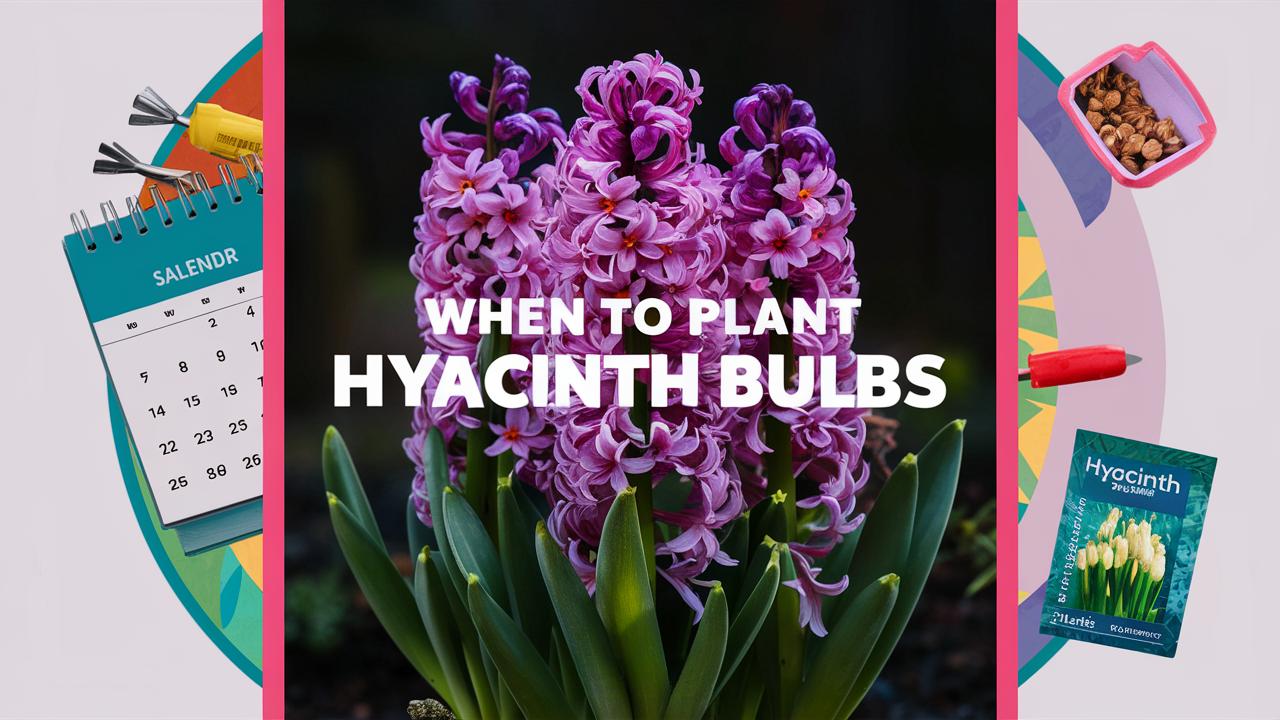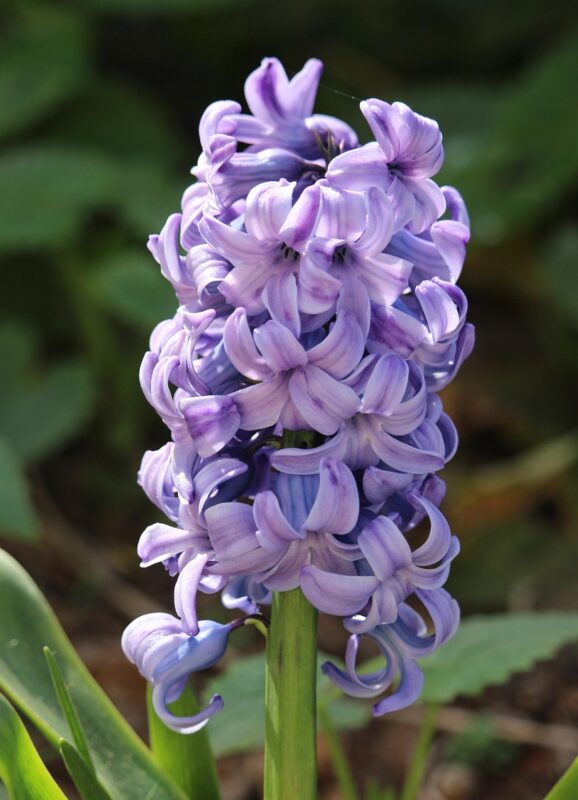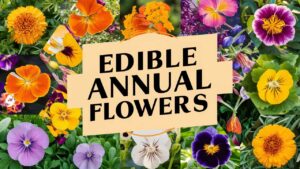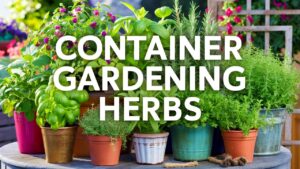In this in-depth guide, we’ll dig into the ideal planting times, the conditions that affect bulb health, and tips to help you cultivate these stunning flowers.
Understanding Hyacinth Bulbs

Before we delve into the specifics of planting times, it’s essential to understand what hyacinth bulbs are and why they require particular care.
Hyacinths belong to the genus Hyacinthus, which is native to the Eastern Mediterranean. The bulbs are round and firm to the touch, with a papery outer skin. They typically bloom in various colors, ranging from rich purples to bright pastels. Their scent varies by variety but is overall sweet and pervasive, making them excellent for gardens where you may frequently walk or sit.
Hyacinths are temperature-sensitive bulbs, meaning their timing for planting directly influences their growth and blooming period. Thus, timing is not just about the calendar; it’s also about understanding your local climate, soil conditions, and the specific variety of hyacinth you plan to grow.
The Ideal Time for Planting Hyacinth Bulbs
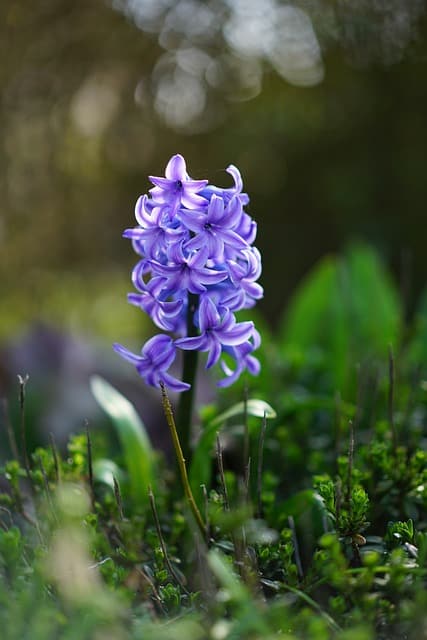
Fall Planting: Planting for Success
For most gardeners in temperate regions, the best time to plant hyacinth bulbs is in the fall. This practice allows the bulbs to undergo the necessary chilling process that triggers growth and bloom in the spring.
Aim to plant your hyacinth bulbs around September through November, when the soil temperatures start to cool but before the ground freezes. In general, the optimal planting time occurs roughly six to eight weeks before the first hard frost is expected in your region. Planting at this time not only encourages healthy root development but also aligns with the bulbs’ natural biological cycles.
During fall, keep a close eye on the temperature and weather patterns. Hyacinths thrive best when they experience a chilling period of at least 12-14 weeks, where temperatures fall between 40°F (4°C) and 48°F (9°C). This process is key to nurturing the bulbs for a stunning spring show.
Spring Planting: A Risky Move
While it’s theoretically possible to plant hyacinth bulbs in early spring after the ground has thawed, this method carries certain risks. Spring planting deprives the bulbs of the essential chilling period they require. Plants may grow, but they are often weak, poorly nourished, and less vibrant during bloom time compared to fall-planted counterparts.
If you find yourself in a particularly mild climate where winters are not too severe, spring planting may still yield results, but the timeline will not be optimal. Do this only if you’re experimenting, and brace yourself for the possibility of fewer flowers or shorter bloom periods.
In short, spring planting is not recommended if you want to achieve the best results with hyacinth bulbs. Instead, focus efforts on ensuring they are correctly planted in the fall.
Factors Affecting the Planting Timeline
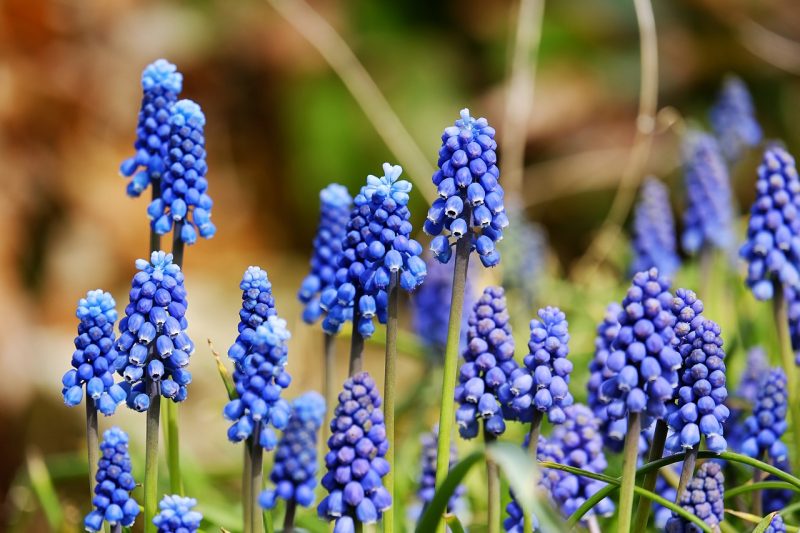
When it comes to knowing precisely when to plant your hyacinth bulbs, several environmental factors influence the timing and success of your bulbs.
Climate Zone Considerations
Understanding your climate zone is crucial for ensuring optimal planting times for hyacinth bulbs. The United States Department of Agriculture (USDA) has divided North America into hardiness zones based on average minimum winter temperatures.
Cold Climates (Zones 3-4): In these zones, you might aim to plant hyacinth bulbs between late September and October. The soil cools down quickly, so planting too late can lead to frost damage.
Mild Climates (Zones 5-7): Here, planting can occur as late as mid-November. Since winters are less severe, plant bulbs during October for a successful spring bloom.
Warm Climates (Zones 8+): In regions where winters are mild and not as chilling, gardeners should consider forcing hyacinth bulbs in a cold storage environment before planting.
Soil Temperature and Quality
Soil temperature significantly affects when to plant hyacinth bulbs. Bulbs require a soil temperature of around 60°F (15°C) or cooler for successful root development. It’s essential to check the soil temperature before planting—this can easily be done with a soil thermometer.
Additionally, the quality of the soil plays a vital role in growth. Ensure that the soil is well-drained and rich in organic matter. Before planting, consider testing the soil for pH and nutrients to create a supportive environment.
Local Frost Dates
Tracking the first and last frost dates in your area adds another layer of precision to your planting schedule. To find this information, consult local gardening resources or agricultural extension offices. It can help you plant at a time when the risk of frost damaging your bulbs is minimized.
Bulb Treatment Before Planting
Though it may slightly alter your planting schedule, pre-treating your hyacinth bulbs can be beneficial. For spring planting, consider pre-chilling your bulbs in the refrigerator for about 12-14 weeks. This mimics the natural climatic conditions required for growth. Remember to keep them separate from fruits, as ethylene gas can damage the bulbs.
Preparing for Planting
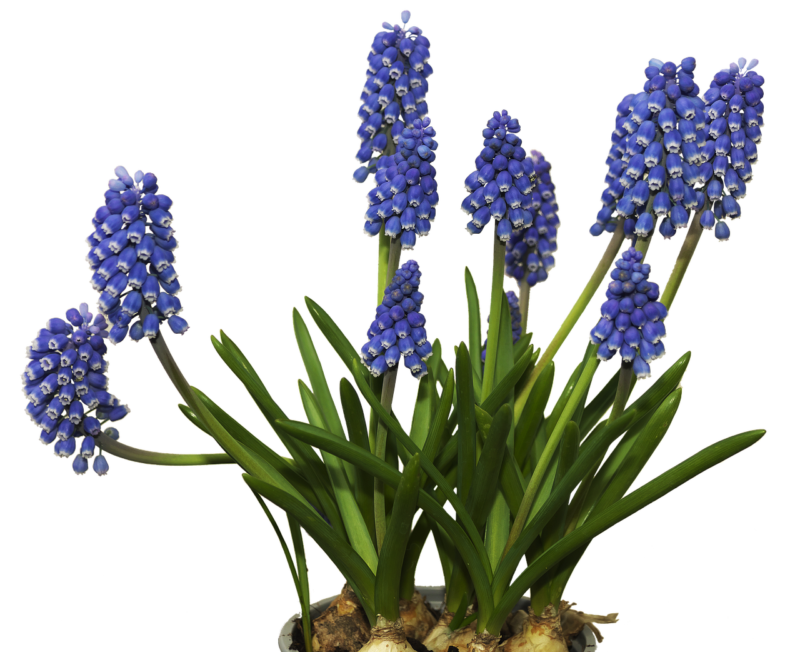
Container vs. Ground
Before planting, decide whether you plan to plant your hyacinth bulbs in the ground or in containers.
In the Ground: For traditional gardens, choose a well-draining area that receives at least six hours of sunlight per day. A sunny spot encourages healthy blooms.
In Containers: If planting in pots, select containers that allow for adequate drainage—bulbs dislike sitting in water. A pot size of at least 8-10 inches deep is ideal.
Soil Amendments
Regardless of your planting choice, preparing the soil is key. Mix in compost and well-rotted organic matter to improve drainage and nutrient levels. Hyacinths prefer a slightly acidic to neutral pH, ideally between 6.0 and 7.0. Test the pH and amend accordingly.
The Planting Process: Step-By-Step
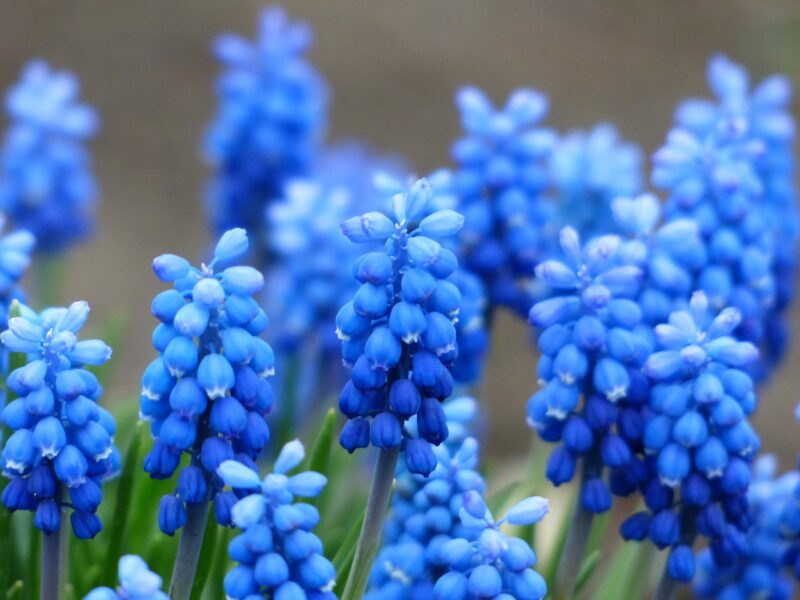
Once the right timing, location, and preparations are ensured, it’s time to plant. Follow these simple steps to pave the way for a lovely hyacinth display come spring.
1. Digging the Holes
Plant hyacinth bulbs at a depth of about 6-8 inches, spaced around 4-6 inches apart. If planting in groups, ensure there is enough space for air circulation, which prevents rot.
2. Positioning the Bulbs
Place each bulb pointy side (the growing tip) up into the hole. In the case of larger bulbs, you may notice a flat side; this should be oriented horizontally. A common gardening tip is that if you are unsure, simply plant the bulb sideways—it will find its way!
3. Covering and Watering
Once the bulbs are in position, cover them gently with soil. Water the area lightly to help settle the soil and eliminate air pockets. It’s essential not to overwater during the early fall phase as bulbs are dormant.
4. Mulching
Apply a layer of mulch over the planted area. This will help regulate soil temperature, prevent weeds, and maintain moisture.
Caring for Hyacinth Bulbs After Planting
Once your bulbs are planted, care continues into the spring and beyond.
Watering
During the early growth phase in spring, watering is essential. Hyacinths enjoy moist but not soggy soil. Established bulbs can generally tolerate brief dry spells, but give them a deep watering when the soil feels dry to the touch.
Fertilizing
As growth begins, consider applying a balanced, slow-release bulb fertilizer about a month after they emerge. This provides the necessary nutrients to support robust flower development.
After Blooms Fade
After their magnificent display fades, let the foliage remain to allow the bulb to store energy for the next year’s growth. Only deadhead the spent blooms; don’t cut back the leaves until they turn yellow and wither away naturally.
Consider lifting the bulbs at this time if you are in a warmer climate. Store them in a cool, dry place until it’s time for the next fall planting session.
Common Mistakes to Avoid
Planting Too Late: Planting bulbs too late can impede proper growth. Time your planting well before the frost hits.
Overwatering: Bulbs dislike being waterlogged, which can lead to rot. Ensure proper drainage to prevent this.
Ignoring Soil Quality: Always ensure the soil is well-draining and suitably amended for plant health.
Conclusion: The Joy of Growing Hyacinths
Planting hyacinth bulbs is a rewarding experience that fills your garden with color and fragrance. By planting them at the right time in the right conditions, you set them up for success to display their beauty during the spring months.


